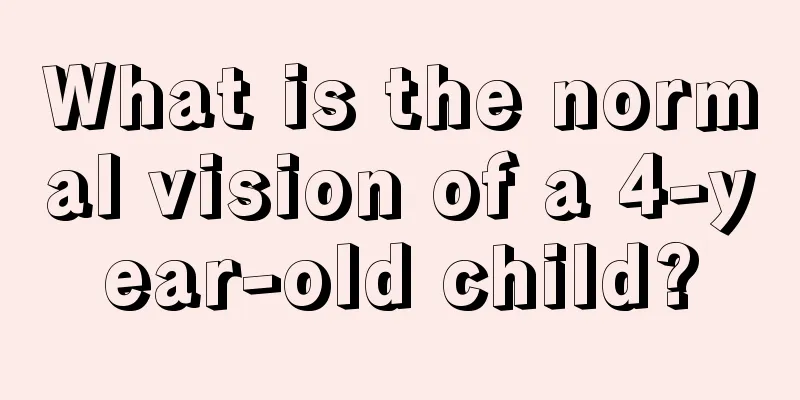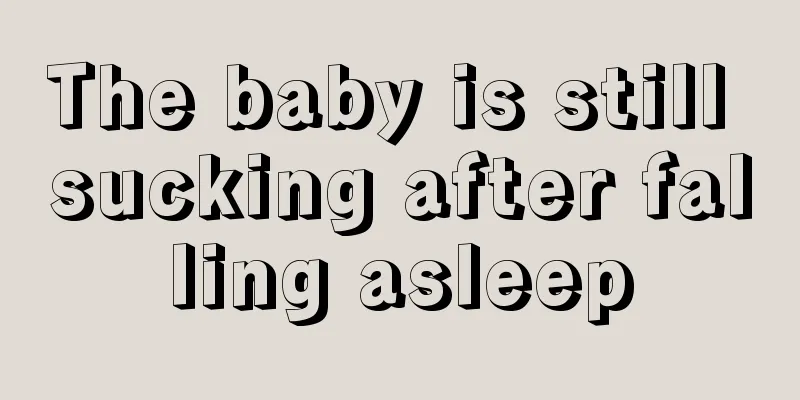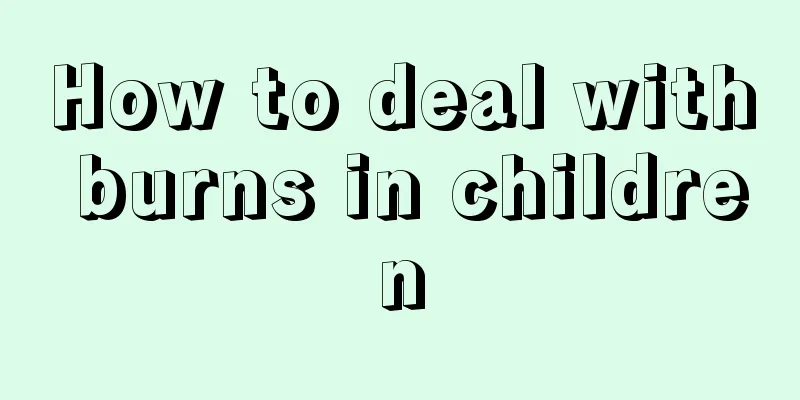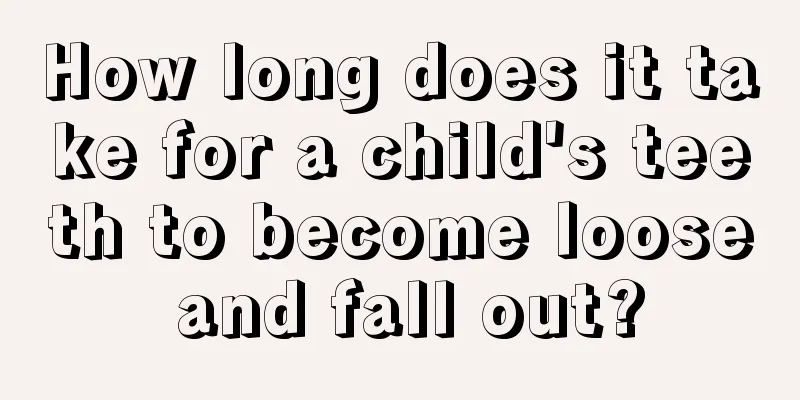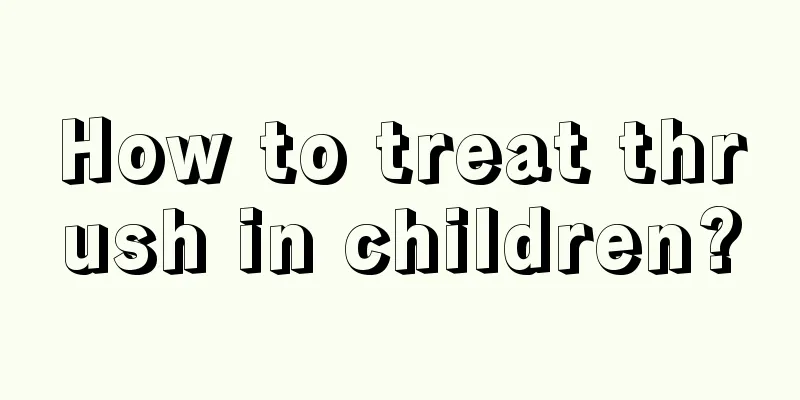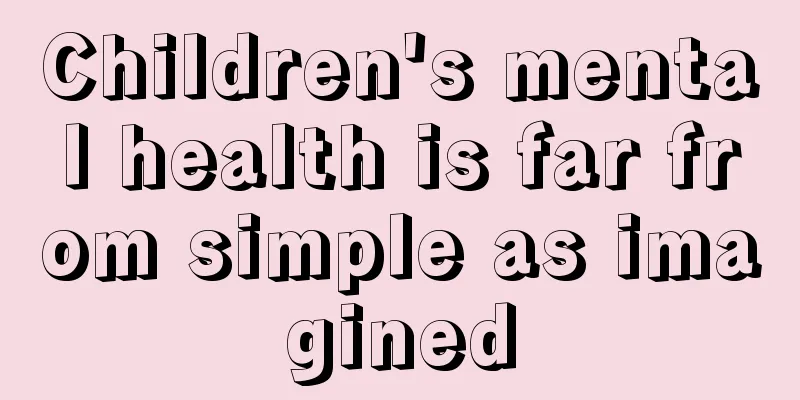Treatment for baby's throat noise
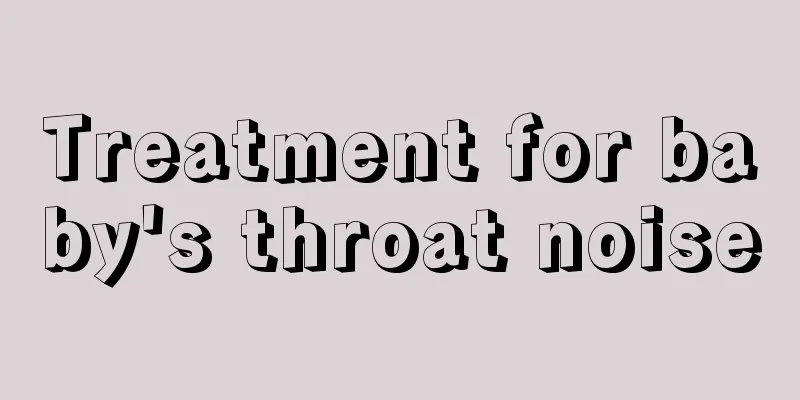
|
In fact, some parents nowadays are not so careful in taking care of their children, because they may be very busy at work, and they don’t pay much attention to small problems such as their baby’s throat sound. Let us learn about the treatment method of baby’s throat sound. Treatment: 1. General treatment: Strengthen care, prevent colds, diarrhea and other inducing factors, get more sun exposure, and prevent complications. Congenital simple laryngeal stridor generally does not require special treatment, only intensive care and attention to prevention of respiratory tract infections. After 18 to 24 months, as the laryngeal cavity enlarges and the laryngeal tissue gradually returns to normal, the stridor will gradually disappear. Advise parents to prevent their children from catching cold and being frightened, so as to avoid respiratory tract infections and laryngeal spasms, which will aggravate laryngeal obstruction. Pay attention to maintaining water, electrolyte and acid-base balance. At the same time, give sufficient calcium supplements and add complementary foods and other auxiliary treatments in time. If the attack is severe and breathing is difficult, the baby's position can be adjusted to a side-lying position to alleviate the symptoms, and symptomatic treatment can be given. 2. When there is a respiratory tract infection, patients with pneumonia should be given antibiotic treatment, and children with respiratory failure can use mechanical ventilation. If there is sputum when auscultating the lungs, ultrasonic nebulization and suction of sputum should be given, and the back should be patted frequently and respiratory care should be provided. 3. For severe cases of laryngeal edema, dexamethasone and 10% calcium gluconate can be used to eliminate edema; some children can use antispasmodic and antiasthmatic drugs. Occasionally, in cases of severe laryngeal obstruction, tracheotomy may be performed. 4. Neurogenic laryngeal stridor For neurogenic laryngeal stridor, scopolamine can be tried. Start with a small dose, 0.02 mg/kg intravenous drip once a day. If it is ineffective, gradually increase the dose to 0.04-0.06-0.08 mg/(kg·d) each time until the symptoms of laryngeal stridor disappear. 5. Hypocalcemic laryngeal stridor Laryngeal spasm and laryngeal stridor seen in infantile tetany can be treated with calcium supplements and vitamin D. 6. Surgical treatment: Patients with breathing difficulties caused by congenital abnormalities of the laryngeal and tracheal development, abnormalities of large blood vessels, congenital laryngeal cysts, tumors, etc. must undergo surgical treatment as soon as possible. The treatment of subglottic stenosis depends on the degree of obstruction. Mild cases do not require special treatment and the symptoms will disappear naturally after the laryngeal cavity is enlarged. Severe cases require tracheotomy. The above article gives you a detailed introduction to the treatment methods for baby's throat sound. I believe you already have a preliminary understanding, so if your baby also has this problem, you should go to the hospital for detailed treatment in time. |
<<: Reasons for dark green stools in babies
>>: How to care for babies with breathing sounds
Recommend
What health supplements can children take to grow taller?
In fact, parents nowadays are overprotective of t...
Baby diarrhea convulsions
Diarrhea is a common symptom in babies. It may be...
Children often lose focus in class
It is normal for children to have difficulty conc...
What is the reason why babies don’t grow meat?
In daily life, the weight of a baby after birth i...
Why does my child’s nose become stuffy at night?
If your child has a stuffy nose at night, you wil...
What to do if a child has a fever but his forehead is not hot
Some parents may find that when their children ha...
What is the reason for children's yellow hair
It is the common wish of every child to be able t...
What are the symptoms of laryngitis in children?
Pharyngitis is a common disease in children, espe...
How old is the baby's neck when it can stand up?
We all know that the baby's neck is particula...
How to treat cerebral hypoxia in children?
The difference between humans and animals is that...
What are the symptoms of cough variant asthma in children?
Children’s health has always been a concern for p...
What are some ways to grow taller at the age of 12?
People with short stature always look like childr...
What to do if a five-year-old child has a picky eater
Many children will have picky eating habits. Ther...
Symptoms of mild brain damage in infants
Nowadays we often hear about brain injuries, but ...
How should constipation in children be treated?
Constipation is a very common phenomenon. With th...
